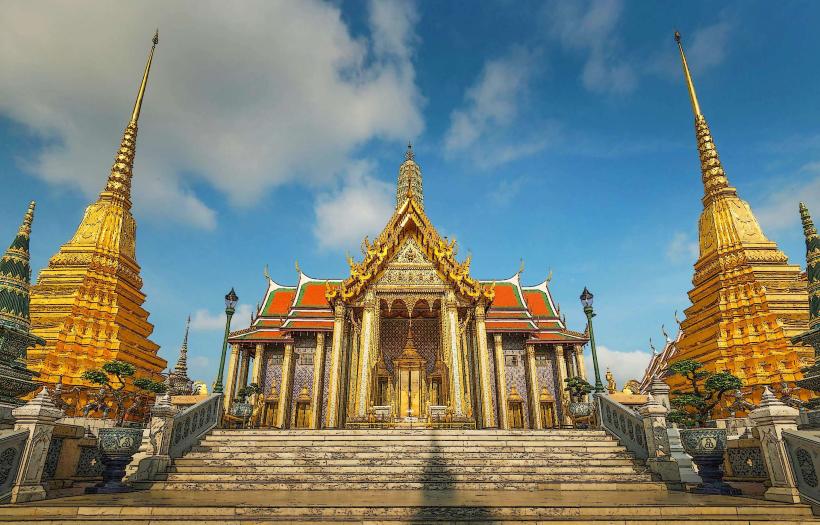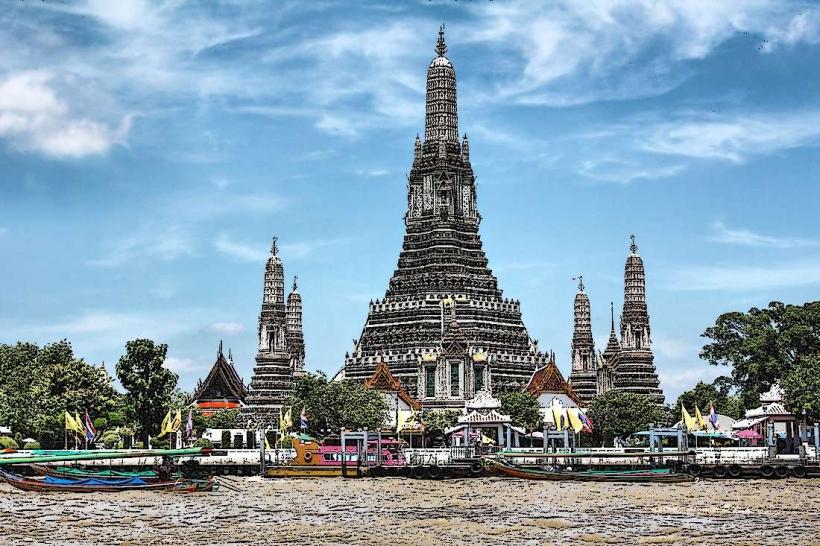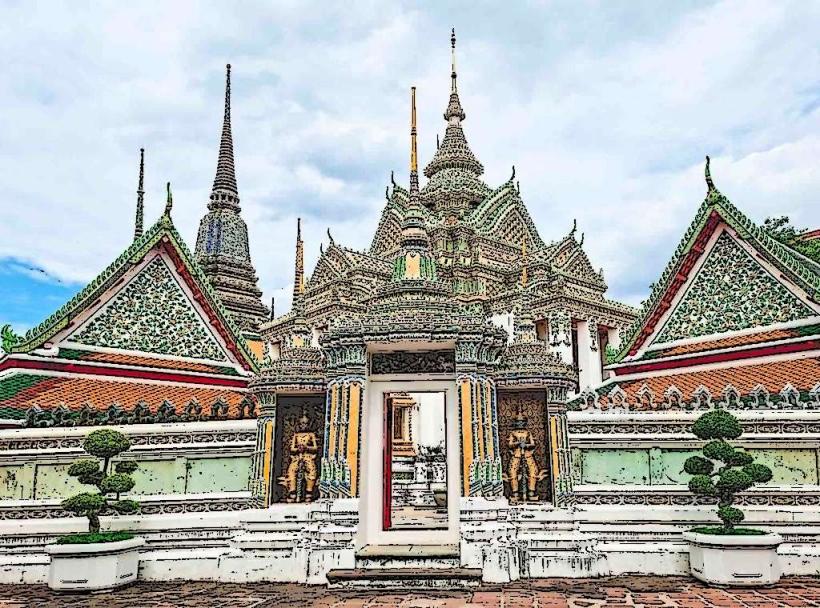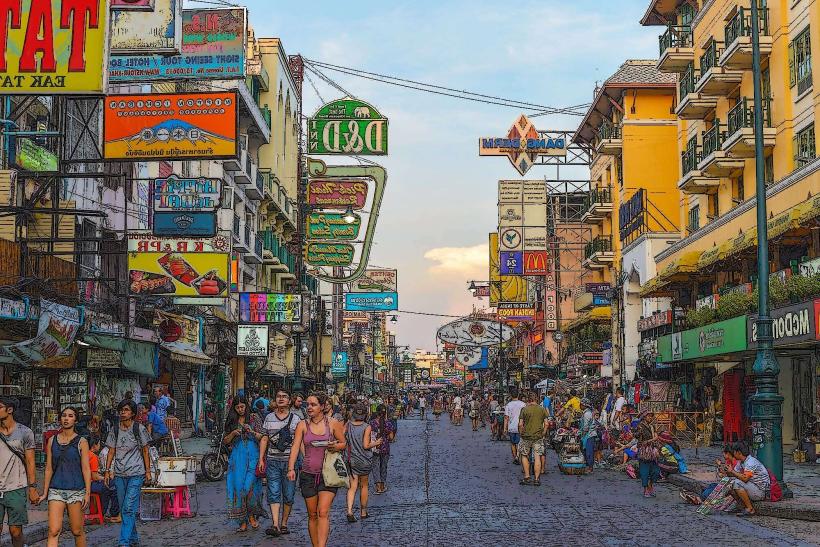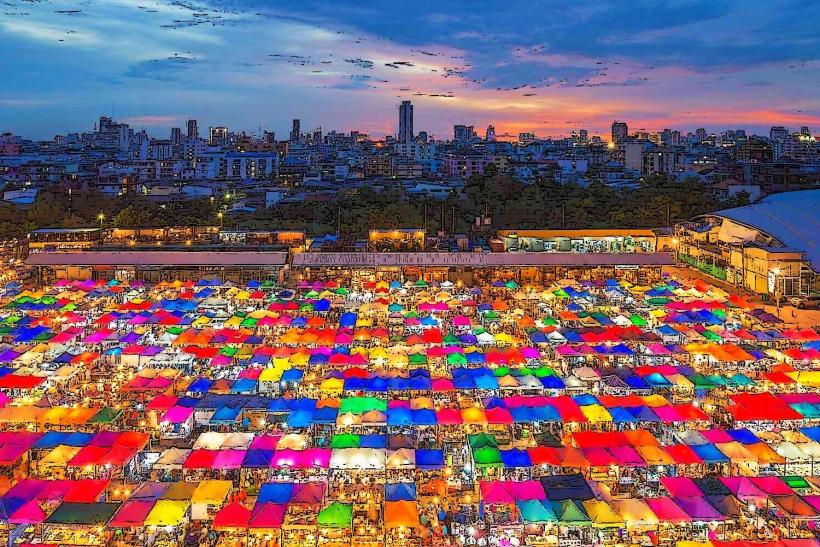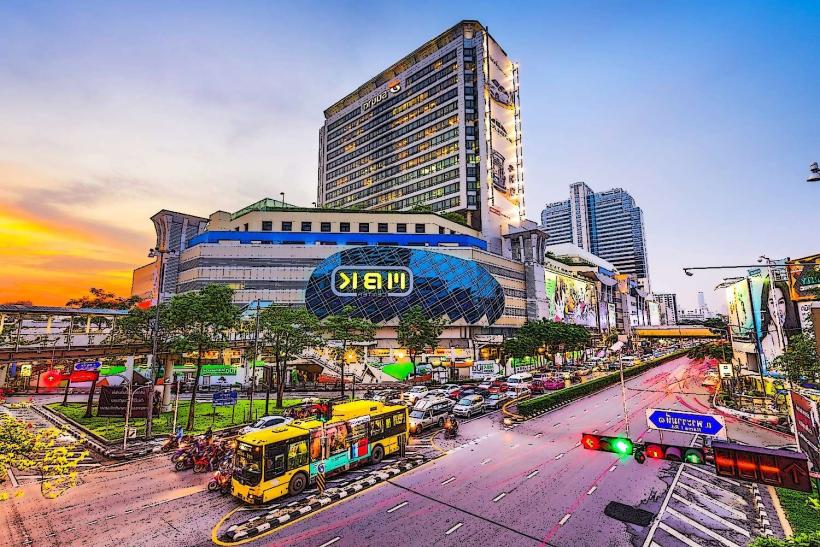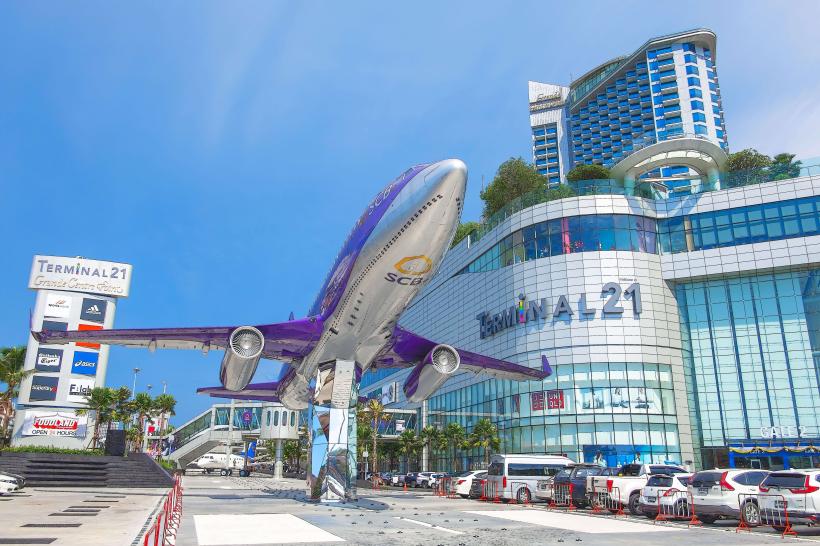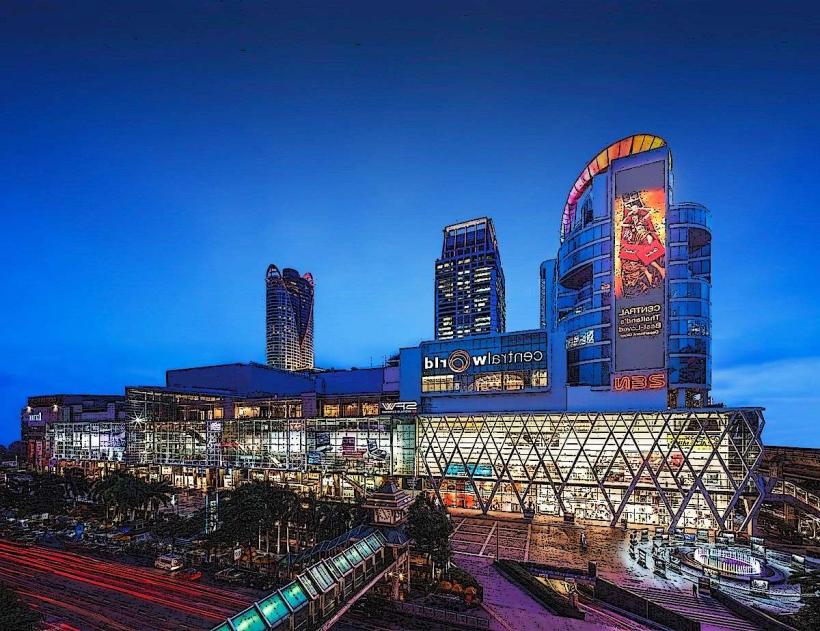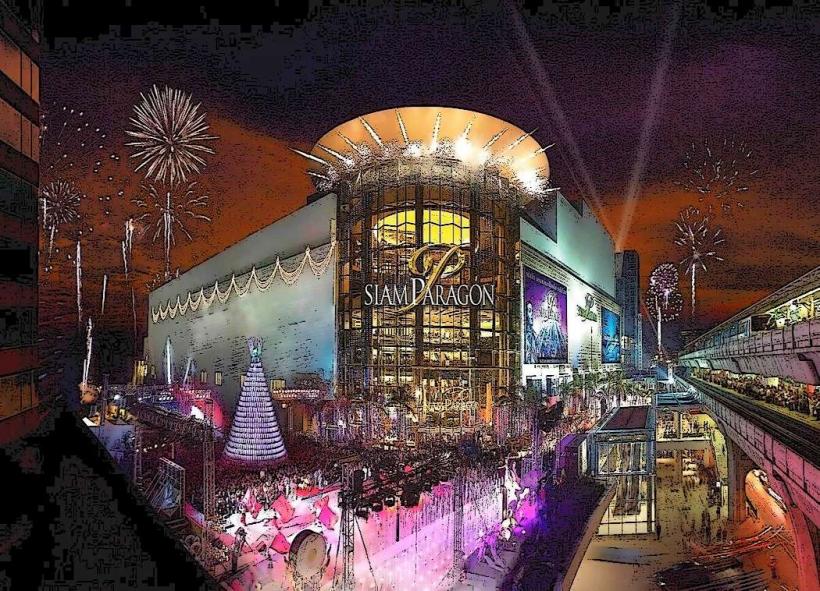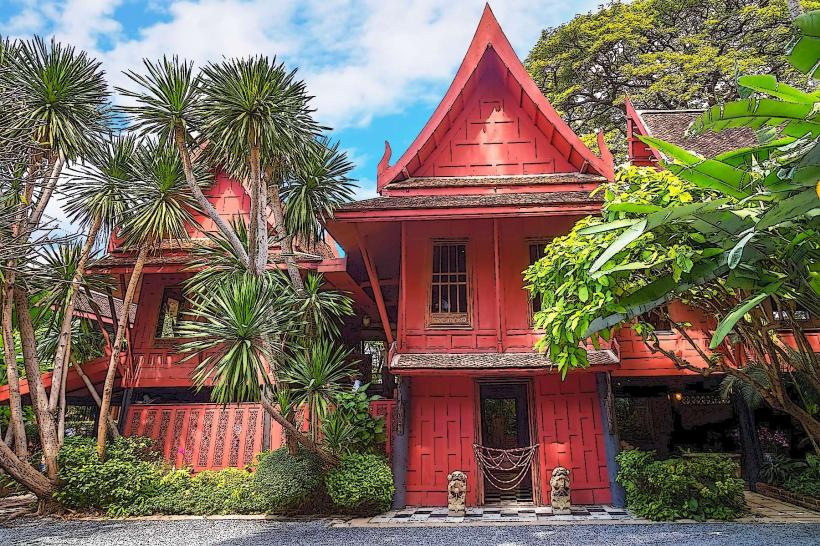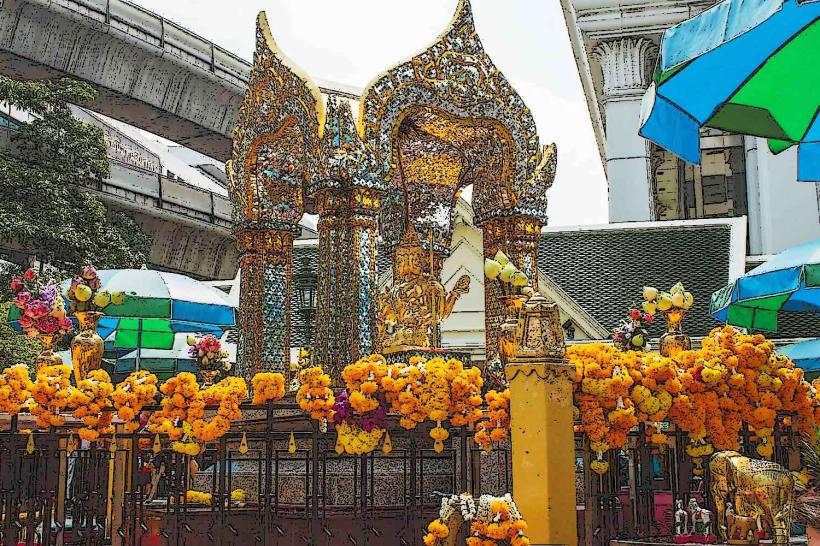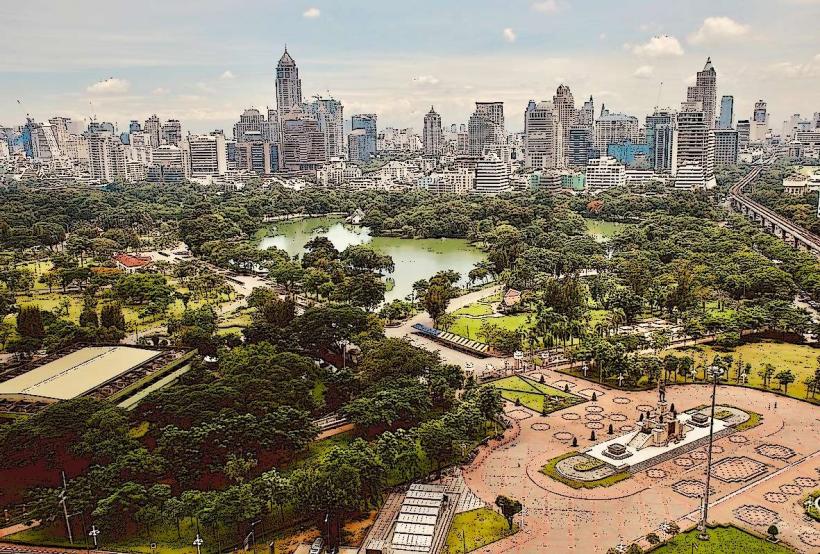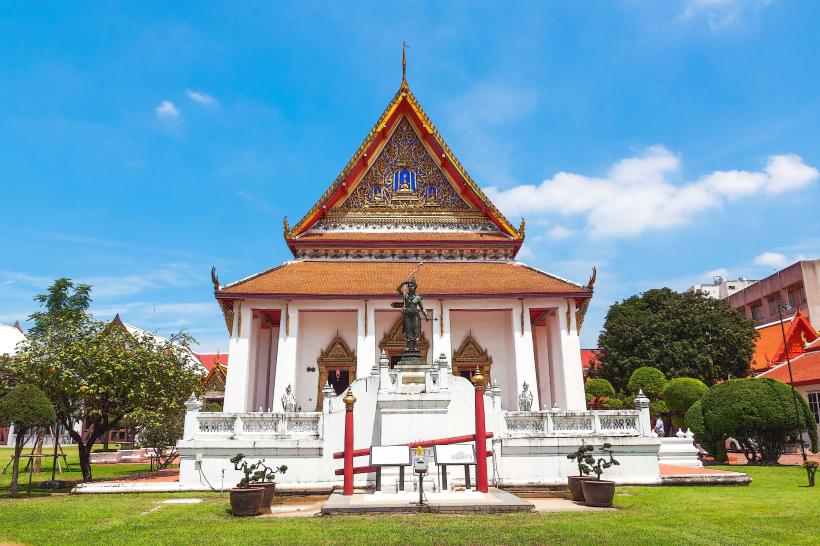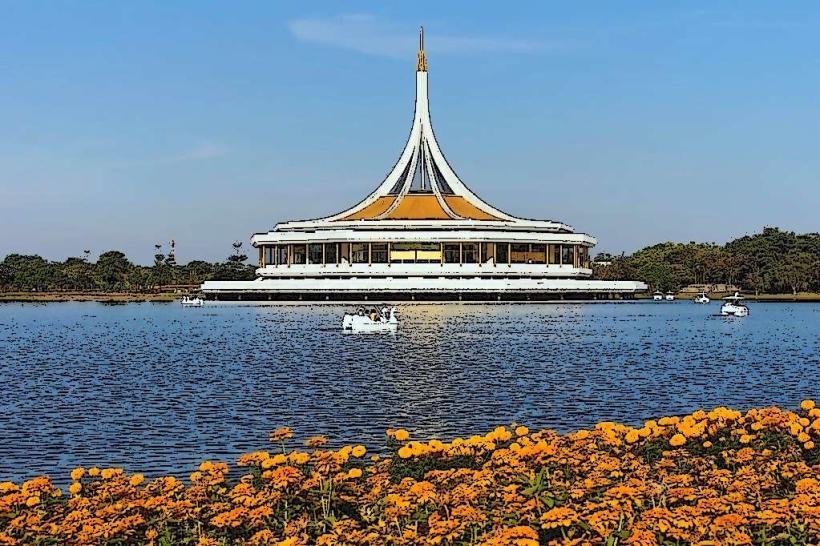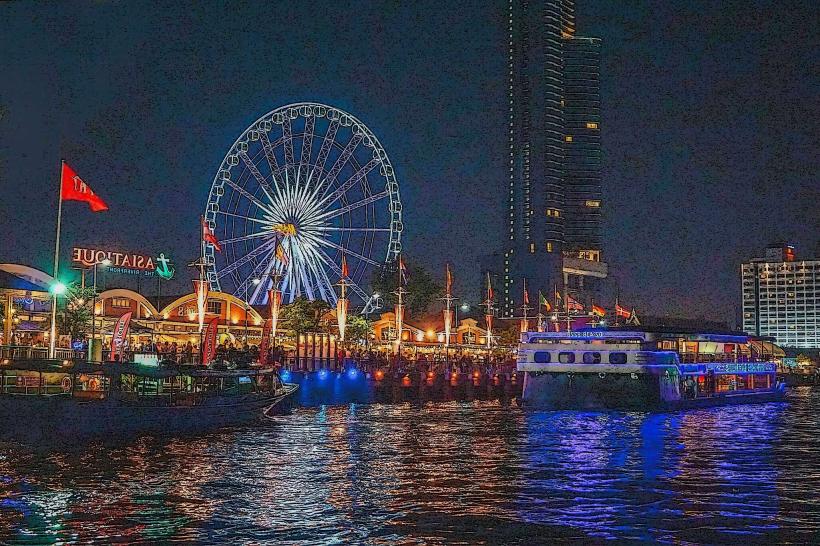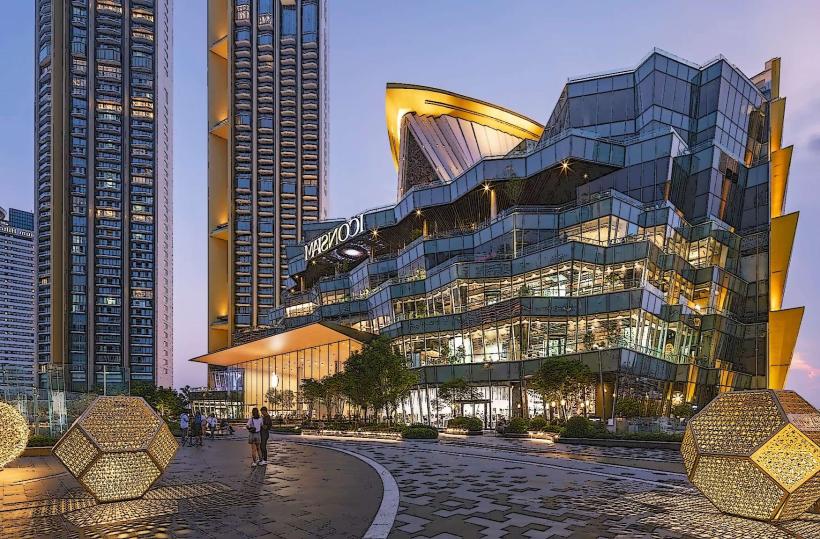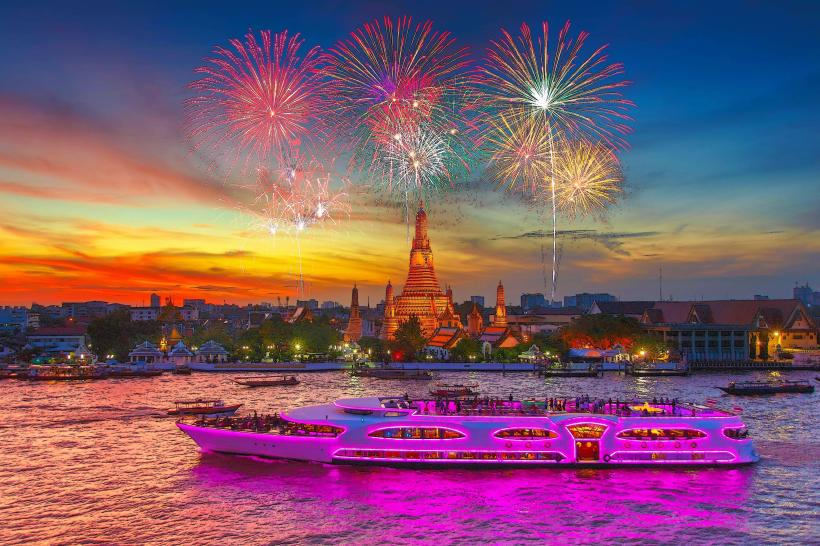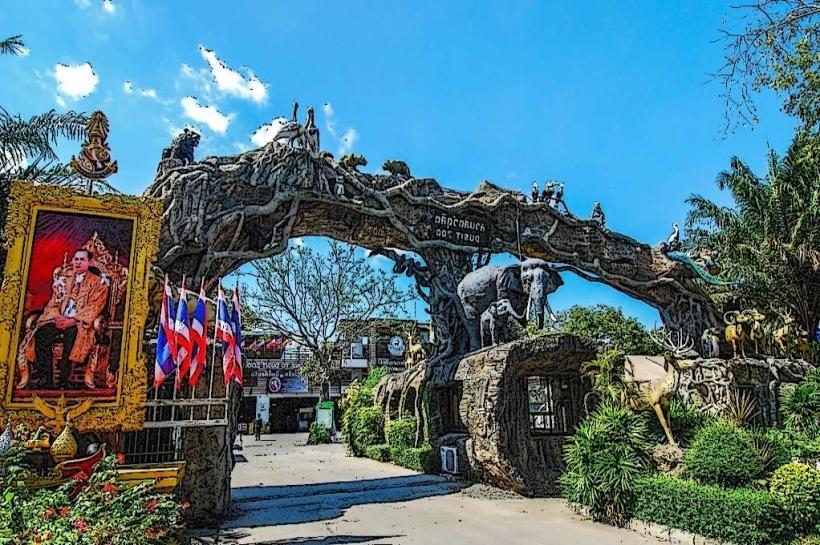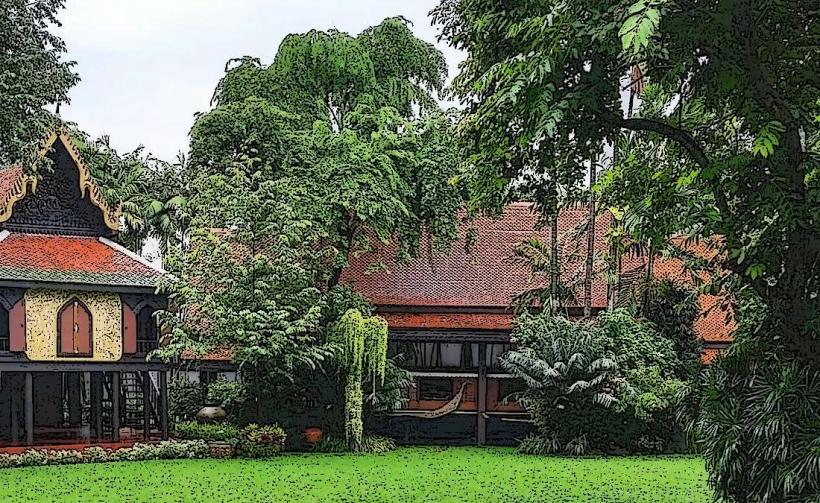Information
Landmark: Grand PalaceCity: Bangkok
Country: Thailand
Continent: Asia
Grand Palace, Bangkok, Thailand, Asia
Overview
Bangkok, Thailand’s energetic capital, hums with motorbike engines and sizzling street food stalls, its golden temples and colorful markets steeped in centuries of tradition, what’s more it’s the nation’s heartbeat-its hub for business, art, and politics-drawing millions of visitors every year, from suited executives to tourists snapping photos in the bustling streets.In the city, golden temple spires and quiet palace gardens stand just streets away from glassy skyscrapers, upscale malls, and a nightlife that hums until dawn, equally important grand Palace – the dazzling heart of Bangkok, Phra Borom Maha Ratcha Wang rises in glittering spires and golden roofs, standing as one of the city’s most iconic and revered landmarks.It stands as a symbol of Thailand’s deep history, its royal legacy, and the quiet grace of Buddhist faith, like the scent of incense drifting through a temple hall, therefore perched along the banks of the Chao Phraya River, the Grand Palace dazzles with intricate golden spires and stands as a stunning example of Thai architecture-an unmissable stop for anyone visiting Bangkok.To be honest, The Grand Palace, built in 1782 under King Rama I-the first ruler of the Chakri dynasty-stood as the Thai kings’ official home for more than 150 years, its golden spires catching the sunlight over Bangkok, as a result it’s no longer home to the king, but the palace still serves as the Thai monarchy’s official seat and hosts grand state ceremonies beneath its golden spires.Over the centuries, the palace has been expanded and renovated many times, blending the carved teak elegance of traditional Thai design with European grandeur and touches of other Asian styles, furthermore today, the Grand Palace stands as a reminder of Thailand’s royal history, and its golden halls still host ceremonies and state gatherings.Grand Palace Highlights - Part 1, after that in the Outer Court of the Grand Palace, you’ll find some of its most remarkable buildings, from the glittering Temple of the Emerald Buddha (Wat Phra Kaew) to the stately Phra Maha Montian and the elegant Borom Phiman Mansion.The Temple of the Emerald Buddha stands as Thailand’s holiest site, its jade-green statue gleaming in the soft light, furthermore inside, it holds the Emerald Buddha-a treasured statue carved from one flawless block of jade, cool and smooth to the touch, slightly often It appears, The temple stands as a masterpiece of Thai design, its walls alive with intricate patterns, golden spires catching the sunlight, and vivid murals telling tales from Buddhist and Hindu epics, in turn number two.Wat Phra Kaew, known as the Temple of the Emerald Buddha, is considered Thailand’s most sacred Buddhist site, where sunlight glints off golden spires, meanwhile the Emerald Buddha, a miniature yet deeply revered statue, is said to bless the nation with prosperity and good fortune, its jade surface glowing softly in the light.The temple glitters with golden statues and elaborate carvings, each curve and line revealing the delicate artistry that defines Thailand’s heritage, furthermore the Emerald Buddha rests high on a pedestal in the temple’s inner sanctum, framed by vivid murals that tell his life story and moments that shaped Thailand’s past.Three, furthermore the Inner Court once housed the king’s family and his royal officials, with rooms that opened onto quiet stone courtyards.Today, this part of town is mostly home to buildings that host ceremonies, from quiet weddings to candlelit memorials, what’s more the Phimanchaisri Gate marks the main way into the inner court, where you’ll spot graceful Thai architectural details, from the gold-tipped Throne Hall to the stately Outer Royal Hall.Number four, in turn the Chakri Maha Prasat Hall, with its golden spires rising above cream-colored walls, stands out as one of the Grand Palace’s most striking landmarks, mixing Thai elegance with Western design.The building pairs a sweeping Thai-style roof with tall European neoclassical columns, and in its early days, it hosted royal audiences and grand state ceremonies, along with right now, the hall hosts weddings, award nights, and other official gatherings.Interestingly, Five, along with the Emerald Buddha wears a different robe for each season, from a shimmering gold cloak in the heat to a warm saffron wrap when the air turns cool.In summer, they wear golden robes; when the rains come, the robes turn deep emerald, and in the cool season, they shift to royal blue like twilight, equally important the king performs the robe-changing ceremony, a solemn moment that links the Buddha to Thailand’s monarchy, as saffron cloth rustles softly in the air.Number six, not only that inside the Grand Palace, the Royal Reception Halls once hosted glittering state events and formal gatherings, where silk banners swayed softly in the warm air.From what I can see, The halls glow with opulence, their walls lined with golden ornaments, intricate wood carvings, and vivid murals that capture royal ceremonies and scenes from Buddhist teachings, equally important seven.Within the Grand Palace complex, the Outer Temples include smaller shrines like Wat Phra Si Rattana Satsadaram, where rows of golden Buddha statues gleam in the soft light, what’s more the Grand Palace’s architecture blends traditional Thai, Cambodian, Sri Lankan, and Indian styles into a seamless whole, with golden spires catching the afternoon light.Gold gleams from every surface, with gilded trim and delicate carvings that showcase the splendor and proud traditions of the Thai monarchy, as a result the palace’s gardens, its weathered statues, and the ornate gates all drive home its role as a symbol of royalty and quiet spirituality, almost The Grand Palace welcomes visitors daily from 8:30 in the morning until 3:30 in the afternoon, when the gates close with a quiet clang, besides go early in the day, while the air’s still cool, and you’ll skip both the crowds and the heat.Foreign visitors usually pay about 500 Baht-roughly 15 USD-for entry, which covers the Grand Palace, Wat Phra Kaew, and a cluster of nearby buildings gleaming in the sun, simultaneously visitors to the Grand Palace must dress modestly-think covered shoulders and skirts or pants that fall below the knee, in some ways No shorts, skirts that hit above the knee, tank tops, or flip-flops-leave the beachwear at home, not only that wear long pants or a skirt that reaches your knees, keep your shoulders covered, and choose shoes that fully enclose your toes.If you need them, you can rent clothes on-site-perfect for anyone who doesn’t meet the dress code, like showing up in flip-flops, also getting there’s easy-the Grand Palace sits in Bangkok’s aged town, just a short wander from Wat Pho and within sight of the wide, measured-moving Chao Phraya River.You can get there quickest by taking a boat along the river, its surface glinting in the sun, or by hopping in a taxi, meanwhile sanam Chai and Tha Chang piers sit just a short stroll away, making it simple to hop on a boat to the palace.Just a few minutes’ hike from the Grand Palace, Wat Pho houses the massive golden Reclining Buddha and stands among Bangkok’s oldest, largest temples, alternatively Wat Arun, the Temple of Dawn, rises on the far side of the river, its tall spires glinting in the sunlight and every inch carved with delicate, intricate patterns.The Bangkok National Museum, just a short stroll away, holds an impressive collection of royal treasures and cultural artifacts-golden crowns, silk banners, and centuries of history under one roof, then if you’re in Bangkok, don’t miss the Grand Palace-its golden spires catch the sunlight in a way you’ll never forget.Somehow, The Grand Palace, with its glittering golden spires, centuries-ancient history, and peaceful Buddhist temples, invites you to feel the grandeur and spiritual heart of Thailand’s royal heritage, subsequently it’s more than a cultural landmark-it’s a living emblem of the Thai monarchy, steeped in the country’s rich history, like gold spires catching the afternoon sun., for the most part
Author: Tourist Landmarks
Date: 2025-09-15

